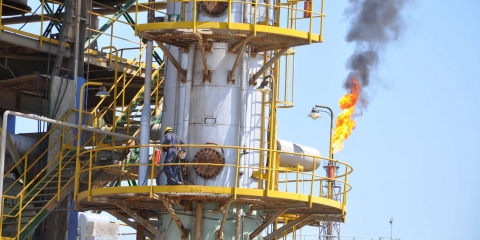The rise of Iraq’s militia state
After the recent Tikrit offensive, Iraqi Prime Minister Haider al-Abadi is turning his focus to Anbar, where only limited areas of the expansive western province remain under government control. Yet while the fight against the Islamic State (IS) continues, there is another vital struggle going on inside Iraq over the Iraqi state itself. This battle […]Kirk H. Sowell writes for the Carnegie Endowment:
After the recent Tikrit offensive, Iraqi Prime Minister Haider al-Abadi is turning his focus to Anbar, where only limited areas of the expansive western province remain under government control. Yet while the fight against the Islamic State (IS) continues, there is another vital struggle going on inside Iraq over the Iraqi state itself. This battle pits Abadi and aligned nationalist Shia factions against a series of Iran-backed militias and their political wings, whose power expanded dramatically following the June 2014 collapse of the Iraqi army in the north.
Although the Tikrit offensive appears to have been an Iranian initiative, Abadi deftly managed to make the Iraqi state a central player. Initially, the bulk of the media attention was on the presence of Islamic Revolutionary Guard Corps’ (IRGC) Qods Force Commander Qasem Soleimani in Salahuddin, and reports of Iranian-backed militias closing in on Tikrit, Saddam Hussein’s hometown. The key groups included Asaib Ahl al-Haq (AAH), which splintered from the nationalist Islamist Sadrist movement in 2004 and became Iran’s proxy during the previous civil war; the Badr Organization, which was founded in Iran in 1982 and whose long-time leader, Hadi al-Ameri, is viewed as the political godfather of the Popular Mobilization Forces, or Hashd (al-hashd al-shaabi); and the Hezbollah Brigades, a smaller group with a reputation for quality operations, headed by a man known as Abu Mahdi al-Muhandis, the Hashd’s military commander and a Soleimani confidant.





